History of a pass
The Madeleine pass has been used since Roman times. In the 12th century, the monks of the abbey of Tamié Abbey in the Tarentaise region practised alpine pasture with the village of Celliers located a few kilometres from the pass. In 1792, the French troops of General Kellerman, hero of Valmy, crossed the pass during the conquest of Savoie. It was crossed several times by military troops until the beginning of the 19th century. A road made of stone was built around 1938. It was built by Spanish refugees and reached the summit from Saint-François-Longchamp. The departmental authorities considered the opening of the pass as a strategic way of linking the Maurienne and Tarentaise valleys, and in 1949 the decision was taken to build the present tarmac road. The inauguration took place in 1969, followed shortly afterwards, the same year, by the passage of the Tour de France. The Col de la Madeleine is now a very popular pass for cyclists and is a formidable climb even with good training.
La Madeleine and the Tour de France cycling race

Just inaugurated, the Col de la Madeleine road was used the same year by the Tour de France, which then passed through regularly. It must be said that the Madeleine is the only road pass linking the Maurienne and Tarentaise valleys from the west.
The pass is classified as a "hors-catégorie" for the difficulty of its slope on the Maurienne side. Two men stand out in its ascent for having crossed it in the lead 3 times: Lucien Van Impe in 1979, 1981 and 1983 and Richard Virenque in 1995, 1996, 1997. The man from Var set the speed record for his ascent with a time of 56 minutes from La Chambre.
The pass last saw the Tour in 2020 (our article was updated in 2021), its 27th climb since 1969.
Snow removal from the pass
The pass is usually open from early June to late September.
Check online the status of the pass.
Description of the climb by bike
Col de la Madeleine is a relatively difficult pass to climb, especially from La Chambre where the slope is steep and relentless. The North side, from Aigueblanche, is longer but the slope is much gentler with passages that allow you to catch your breath, including a 3 kilometres descent halfway up.
Over 19km long at 7.8% average gradient, it has several tough sections at 10-11% and hardly any breaks. You quickly rise up on a road that criss-crosses the meadows and offers a beautiful panorama of the valley over the first few kilometres. A good part of the route is then on the edge of the forest. The last 5 km are on a magnificent road crossing the mountain pastures and offering a 360° view of the summits. A regular, difficult and beautiful ascent.
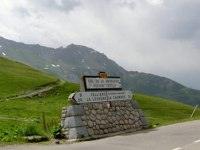
The ascent from Aigueblanche
The ascent from Aigueblanche (altitude 460 m) is rather long with 28 kilometres of road and a difference in altitude of 1550 metres or 5.4% average. The pass is crossed in 3 stages: a relatively gentle first ascent of 7% average gradient for almost 13 kilometres, a 3 kilometre descent and a final irregular but tiring ascent of more than 12 kilometres at 7.4% gradient with passages reaching 10% and good opportunities to rest with 3 kilometres at 4%.
Photos, profiles, pass status
Departure cities
La Chambre

The commune of La Chambre has about 1200 inhabitants. It is situated at an altitude of 500 metres in the heart of the Maurienne valley, at the foot of the Madeleine and Glandon passes. Its climate is the warmest and sunniest in Savoie. Its church dedicated to the Assumption of the Virgin Mary, built in 1514 and restored in 1995, is noteworthy. It has a remarkable Romanesque portal. In the town centre, note the Maison de la Tour, the central part of which dates from the 17th and 18th centuries and the tower from the 13th and 14th centuries. Cheese lovers can visit the dairy cooperative where the famous Beaufort cheese is made. Visits are possible by appointment.
Aigueblanche
Aigueblanche is part of a commune of 4 villages (Aigueblanche, Bellecombe, Grand-cœur and Villargerel) with a total of 2700 inhabitants.
The village owes its name to the whiteness of the very chalky streams that cross the commune. The Romans called it "aqua bianca". The definitive name Aigueblanche was adopted during the revolution, "aigue" being translated as "water" in Franco-Provençal, the dialect of the Savoyards.
The baroque church of Saint Martin de Villarguel, dating from 1682, is one of the most beautiful in the Tarentaise and the only one with a central Greek cross plan.
Good to know
Cheeses of the Maurienne
Don't miss the opportunity to taste Savoyard cheeses, the fruit of preserved mountain pastures and know-how handed down from generation to generation. Tomme de Savoie, Beaufort, Tamié, Tomme de Saint-Avre, etc. In La Chambre, you can visit the dairy cooperative that produces Beaufort.
Montgellafrey and its demoiselles coiffées

The "cheminées des fées" or "demoiselles coiffées" are a natural curiosity in the commune of Montgellafrey, near Saint-François. They are formed by a large column of friable rock topped by a more erosion-resistant rock. Over time, erosion caused by rain, wind and frost digs into the friable rock to form these columns, which are sometimes several dozen metres high. Legend has it that fairies used to live there, from the time when they still frequented the men. You can observe them from the road, on the left as you go up, just after the hamlet of Epalud, located just below Saint-François Longchamp.
La Madeleine without cars
In summer, the road between Saint-François-Longchamp and the pass is closed for half a day to motorised vehicles to make way for an event celebrating the car-free Madeleine. Every year, it attracts many enthusiasts on foot, by bicycle or by any other non-motorised vehicle.
Ces articles peuvent aussi vous intéresser
Comment préparer l'ascension à vélo d'un col difficile
Alimentation du sportif : quels glucides consommer quand on fait du sport ?
Les meilleurs compteurs-GPS de vélo et VTT en 2024
Les étirements : faut-il encore les pratiquer ?
Comment préparer une boisson isotonique de l'effort ?
Le Petit Guide Pratique du Sportif Amateur
Une synthèse des meilleurs astuces et conseils pour gagner en performance et vous faire davantage plaisir dans votre activité d'endurance. Prix : 0,00 € (port 0,00 € pour la France)
« Ce guide est GENIAL ! » (Dominique A)
« Petit bouquin génial moi qui suis entraineur. » (Laurent P)
Le Guide du Home Trainer (applicable aussi au spinning)
Conseils, plans d'entraînement, plus de 40 exercices variés et motivants, des tests pour évaluer vos progrès. Prix : 0,00 € (port 0,00 € pour la France)
« Ce petit livre est FANTASTIQUE ! » (Alain L)
« Félicitations pour votre guide : après 1 an d'utilisation, des progrès fabuleux en compét et un 1er PODIUM. » (Laurent J)
Crédit photos : Adobe Stock. Cet article contient des liens commerciaux.



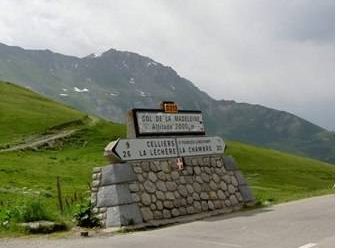

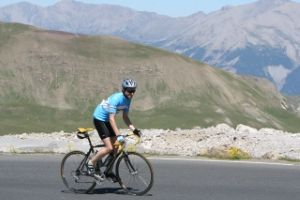

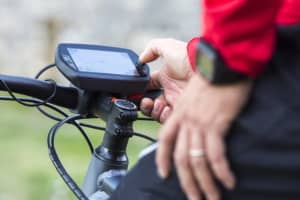

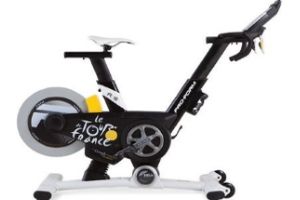
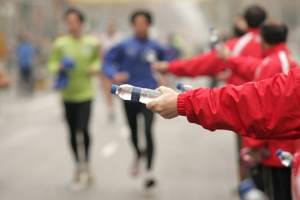
 Une synthèse des meilleurs astuces et conseils pour gagner en performance et vous faire davantage plaisir dans votre activité d'endurance. Prix : 0,00 € (port 0,00 € pour la France)
Une synthèse des meilleurs astuces et conseils pour gagner en performance et vous faire davantage plaisir dans votre activité d'endurance. Prix : 0,00 € (port 0,00 € pour la France) Conseils, plans d'entraînement, plus de 40 exercices variés et motivants, des tests pour évaluer vos progrès. Prix : 0,00 € (port 0,00 € pour la France)
Conseils, plans d'entraînement, plus de 40 exercices variés et motivants, des tests pour évaluer vos progrès. Prix : 0,00 € (port 0,00 € pour la France)